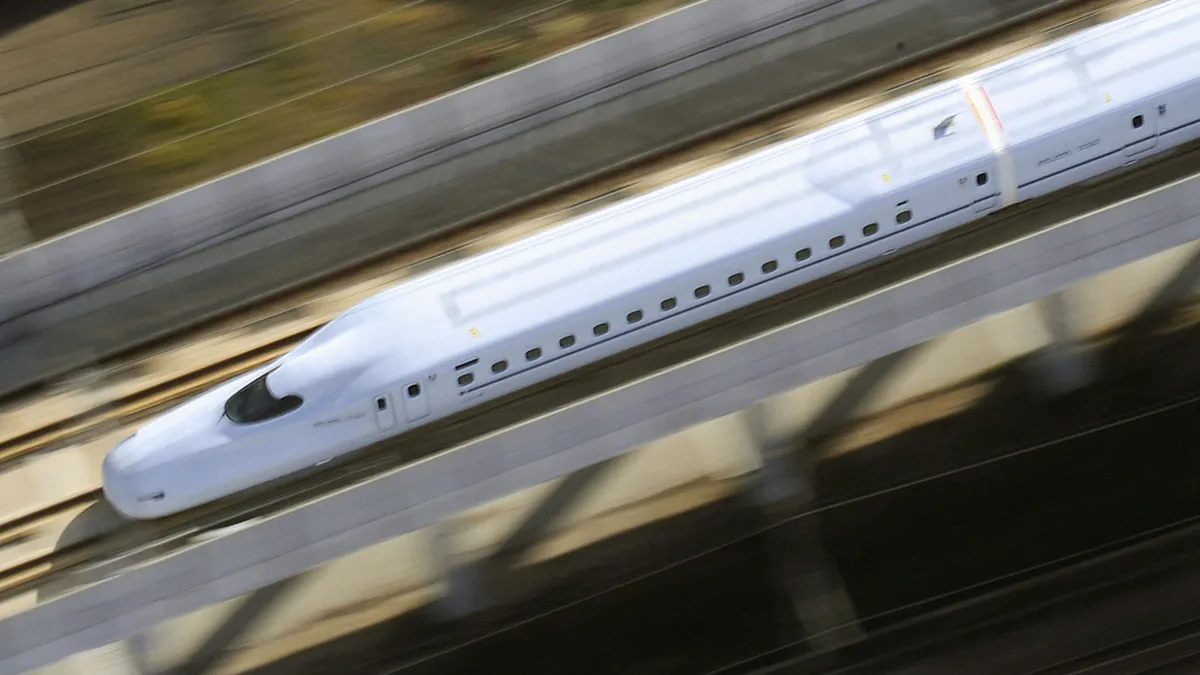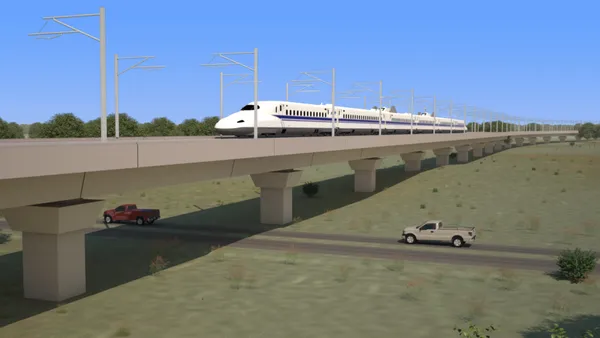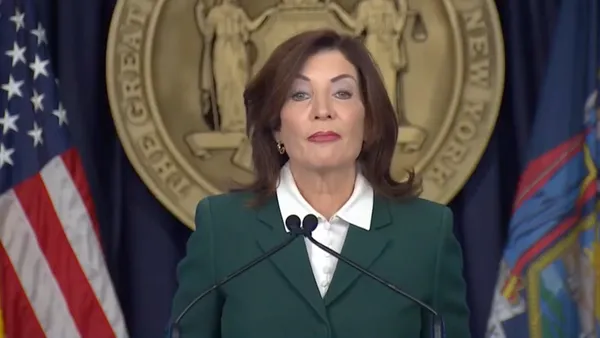Dive Brief:
- Shared bikes and e-scooters saw 136 million trips in 2019, up 60% from 2018, according to new figures released by the National Association of City Transportation Officials (NACTO).
- NACTO found the majority of micromobility trips in 2019 were short, averaging 11 to 12 minutes in duration and between 1 and 1.5 miles in distance. The organization said those figures are key as 35% of car trips in the U.S. are less than 2 miles, so shifting more trips to bikes and scooters could help ease issues like congestion, road safety and emissions.
- The association warned that ridership has suffered enormously this year due to COVID-19, which brought massive drops in transportation ridership across the board, including in micromobility. Even as some transit and dockless systems shuttered completely amid a roughly 70% drop in riders, docked bike-share services only saw a 44% drop in ridership from March to April and have largely rebounded, NACTO found.
Dive Insight:
Many shared scooter operators hailed NACTO's findings, saying they showed the enthusiasm for the vehicles in U.S. cities last year, and arguing that they can keep the momentum up moving forward.
“These numbers are eye-popping," said Lime's Head of North America and APAC Government Affairs Adam Kovacevich. "City residents and visitors have made shared scooters the runaway hit of urban mobility, with a doubling in scooter ridership over just one year. Dockless scooters and bikes are now more than twice as popular as docked bikeshare, showing that people will use micromobility if it’s readily available."
Bird, meanwhile, argued that onerous restrictions in some major U.S. cities could have stifled growth. That could be set to change in New York City, however, with the city council approving a pilot program earlier this year.
"While the numbers swing heavily in favor of e-scooters, they may actually be biased against them," a Bird blog post on the NACTO figures reads. "That's because shared e-scooters were not permitted in several major American cities last year including New York, Boston and Philadelphia. Similarly, fees imposed by cities on scooter operators were not considered in the report—factors that, if addressed cooperatively, will likely yield even higher ridership and modeshift rates in the future."
Despite drops in ridership, NACTO noted that micromobility served a valuable purpose as cities looked to respond to the pandemic, as most operators made services free for essential workers. Micromobility also played a role as a tool of "civic engagement and social change" during the nationwide protests for racial justice, illustrating the versatility of micromobility use.
"Compared to what we saw in 2019 and earlier, rides are now more spread out, with different commute patterns, more errands by bike, as well as increased recreational/social riding," NACTO wrote, suggesting the figures show that the transportation modes are set to grow in popularity.
"While much is uncertain, shared micromobility, while volatile and evolving, is here to stay (with continued support)," the association wrote. "Short trips in cities are important, and these systems fill a much-needed gap. They extend the reach of transit, and make cities more accessible overall."











